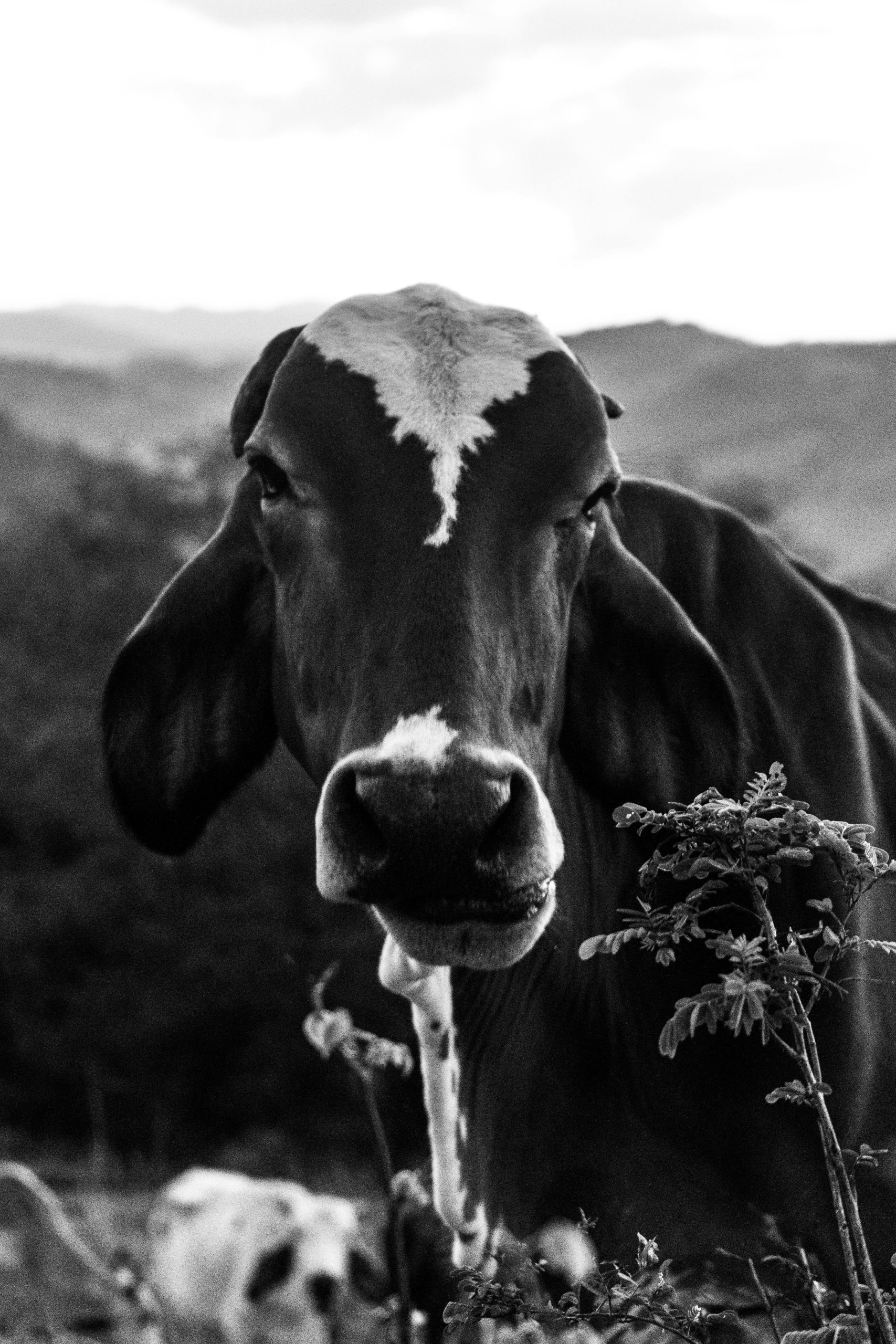As the world faces increasing environmental challenges and food security concerns, sustainable farming practices are more critical than ever. By 2025, farmers and agricultural experts are adopting innovative techniques that balance productivity with ecological responsibility. These methods not only enhance crop yields but also reduce environmental impact, ensuring long-term viability for future generations. Here are the top sustainable farming practices set to revolutionize agriculture in 2025.
1. Regenerative Agriculture
Regenerative agriculture is a holistic approach that focuses on restoring soil health, improving water retention, and increasing biodiversity. Unlike conventional farming, which often depletes resources, regenerative practices aim to rebuild ecosystems while maintaining productivity.
Key Techniques:
- Cover Cropping: Planting cover crops like clover or rye between harvests prevents soil erosion and enhances nutrient cycling.
- No-Till Farming: Reducing tillage preserves soil structure, minimizes carbon emissions, and promotes microbial activity.
- Agroforestry: Integrating trees with crops or livestock improves biodiversity and sequesters carbon.
By 2025, regenerative agriculture is expected to become mainstream, with farmers reporting higher yields and reduced input costs.
2. Precision Farming with AI and IoT
Technology is transforming agriculture, and precision farming is at the forefront. By leveraging artificial intelligence (AI) and the Internet of Things (IoT), farmers can optimize resource use, minimize waste, and boost efficiency.
How It Works:
- Smart Sensors: Soil and weather sensors provide real-time data on moisture, temperature, and nutrient levels.
- Automated Irrigation: AI-driven systems adjust water usage based on crop needs, reducing water waste.
- Drone Monitoring: Drones equipped with multispectral cameras detect pest infestations or nutrient deficiencies early.
In 2025, precision farming will help farmers make data-driven decisions, ensuring sustainable yields with minimal environmental impact.
3. Organic and Natural Inputs
The shift away from synthetic fertilizers and pesticides continues to gain momentum. Organic farming practices prioritize natural inputs, reducing chemical runoff and promoting healthier ecosystems.
Popular Organic Methods:
- Composting: Recycling organic waste into compost enriches soil fertility naturally.
- Biopesticides: Using beneficial insects or plant-based pesticides controls pests without harming the environment.
- Crop Rotation: Alternating crops prevents soil depletion and disrupts pest cycles.
By 2025, consumer demand for organic produce will drive more farmers to adopt these eco-friendly practices.
4. Vertical and Urban Farming
With urbanization on the rise, vertical and urban farming offer sustainable solutions to feed growing populations while reducing land use and transportation emissions.
Advantages of Vertical Farming:
- Space Efficiency: Stacked growing systems maximize production in limited urban areas.
- Hydroponics and Aeroponics: Soil-less farming uses up to 90% less water than traditional methods.
- Year-Round Production: Controlled environments enable consistent harvests regardless of weather.
By 2025, vertical farms will play a crucial role in supplying fresh, local produce to cities while lowering carbon footprints.
5. Agroecology and Polyculture Systems
Agroecology emphasizes farming in harmony with nature, promoting biodiversity and resilience. Polyculture, a key component, involves growing multiple crops together to mimic natural ecosystems.
Benefits of Polyculture:
- Natural Pest Control: Diverse crops attract beneficial insects that reduce pest populations.
- Improved Soil Health: Different plant roots enhance soil structure and nutrient availability.
- Climate Resilience: Varied crops reduce the risk of total crop failure due to extreme weather.
In 2025, agroecological practices will gain traction as farmers seek sustainable ways to combat climate change.
Conclusion
The future of farming lies in sustainability. By adopting regenerative agriculture, precision farming, organic inputs, vertical farming, and agroecology, farmers can achieve higher yields while protecting the planet. As we move into 2025, these practices will not only address food security but also contribute to a healthier, more resilient environment. The time to embrace sustainable farming is now—for the sake of our crops, our communities, and future generations.
